Photinia
-
Product Info
Photinia is a genus of flowering evergreen shrubs and small trees that are commonly grown for their attractive foliage and vibrant red young leaves. The most well-known species within the genus is Photinia × fraseri, often referred to as red tip photinia or Fraser photinia.
Appearance: Photinia shrubs typically have dense foliage and grow in a rounded or upright form. The leaves are initially red or bronze when they emerge, gradually turning glossy green as they mature. The young red leaves provide a striking contrast against the mature foliage. In spring, some species produce clusters of small white flowers that can add additional visual interest.
Height: Photinia shrubs are generally fast-growing and can reach heights of up to 15 to 20 feet (4.5 to 6 meters), depending on the species and cultivar.
Growing conditions: Photinia shrubs prefer full sun to partial shade and well-drained soil. They can tolerate a range of soil types but generally perform best in fertile, moist soils. Adequate watering during dry periods and mulching around the base of the plants can help maintain moisture levels.
Maintenance: Regular pruning can help maintain the desired shape and size of Photinia shrubs. It is best to prune in early spring before new growth emerges. Trimming can also encourage more vibrant red foliage as new leaves are produced.
Toxicity: Photinia can be prone to certain diseases, such as leaf spot and fungal infections, so proper air circulation and good sanitation practices are recommended.
Privacy and screening: Photinia shrubs are commonly used in landscaping for hedges, screens, or as specimen plants. Their vibrant red foliage provides a striking visual appeal, especially when used as a backdrop or in mixed borders. Some varieties are also suitable for topiary or espalier forms.
Considerations: When considering growing Photinia, it's important to select appropriate cultivars or hybrids for your specific climate and gardening conditions.
-
Height:
-
Width:
-
Best Soil Option:
-
Flowering Period:
-
Hardy:
-
Pot Size:







